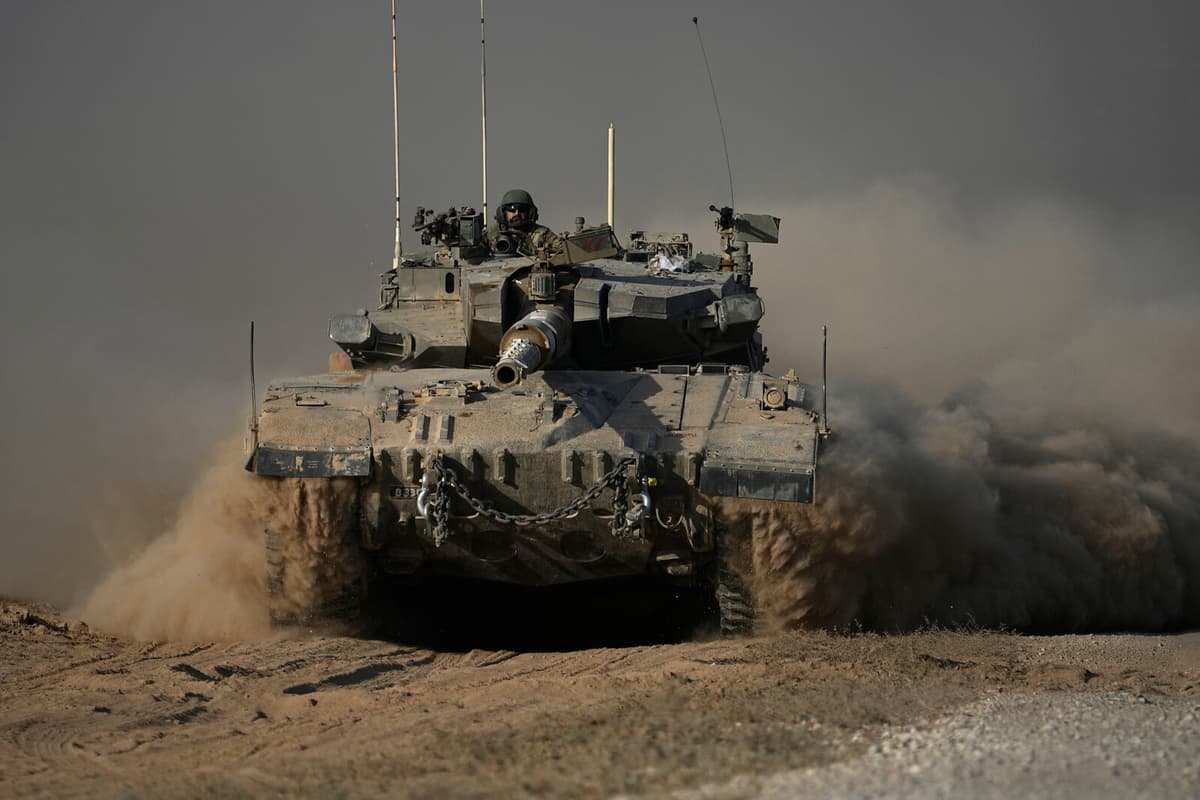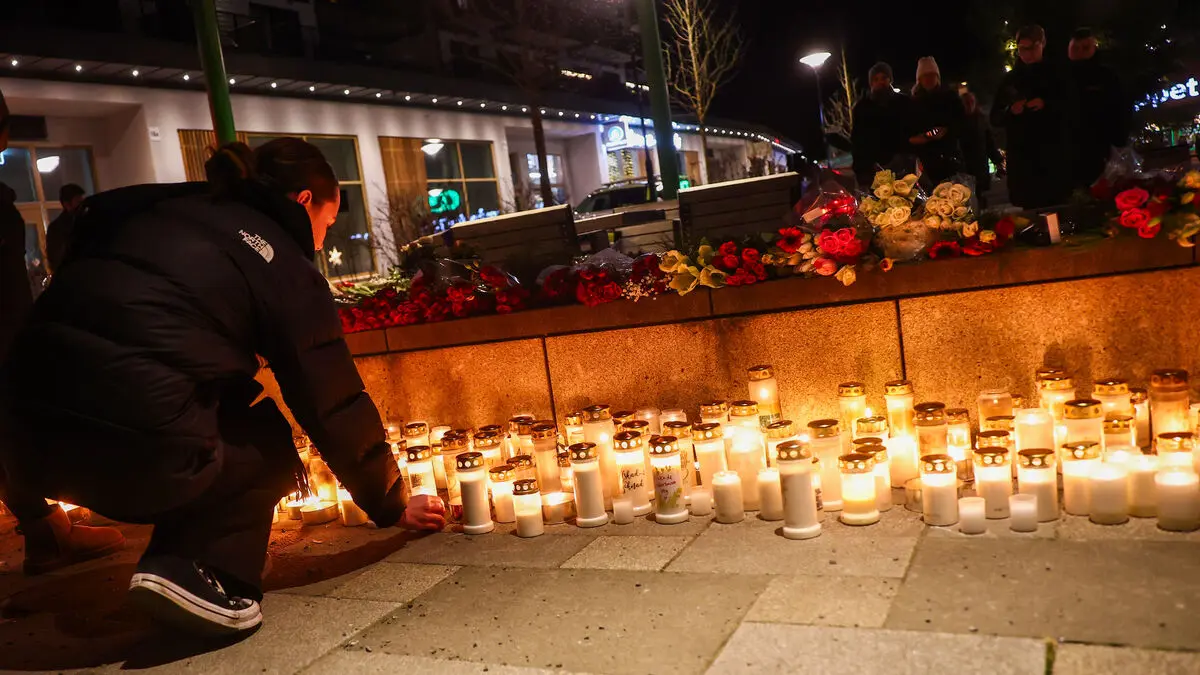Israel's defense and finance departments report on Thursday that the country is increasing its defense budget for 2025 and 2026, with the motivation "security challenges". The country is at war or armed conflict with the Gaza Strip, the West Bank, Lebanon, Yemen, Iran, Iraq, and Syria. But how can Israel, roughly twice the size of Östergötland and with a population like Sweden's, have the capacity to wage so many wars at the same time?
The answer to the question, I would say, is that actually, they don't have that capacity, says Anders Ekholm, a doctoral student at the Defense University, who calls it the Levantine multi-front war, a single war between Israel and Iran and its proxies.
"Holes in the social structure"
According to a report by the Stockholm International Peace Research Institute (Sipri) from April this year, Israel's military budget has grown significantly since the end of 2023, when the war against Hamas began. The country's military expenditure accounts for 8.8 percent of the country's GDP. The only country in the world with higher military expenditure is Ukraine.
Another part of Israel's military capacity is spelled out as the USA. Israel's closest ally, whose foreign minister Marco Rubio on March 1 this year signed a decision on military support of almost four billion dollars in the form of weapons and military technology to Israel.
Israel has around 170,000 conscripts, which make up the country's "standing forces". In addition, there is a reserve of 465,000 people, according to Ekholm.
They are ordinary people, ordinary "Svensson" if it were in Sweden, who are reservists and are called in. It creates holes in the social structure everywhere when they leave their ordinary jobs to serve in their units.
Not ideal war
The reason why Israel continues to wage war despite this is, according to Ekholm, that on October 7, 2023, it was confirmed that the threats to the state cannot be limited in the way that has been tried to do during the 2000s. The existential threats must be addressed at once.
One pays the price of a long war. The IDF (Israel's military) is a defense force made for short wars. So what they are doing is far from ideal.
The culmination point - when the limit of what Israel can handle before stagnation - has not yet been reached. Signs of war fatigue have only been noticed temporarily, for example, through demands that the ultra-orthodox should serve in the IDF on equal terms as the rest. But as soon as the external threat increases, they close ranks, according to Ekholm.
More than 57,000 Palestinians in the Gaza Strip have been killed since the start of the war, which followed the terrorist-stamped Hamas attack on Israel on October 7, 2023. The figures come from health authorities in Hamas-controlled Gaza.
A large proportion of the dead are women and children. Last year, Unicef estimated that one million children in the area are in need of psychological and psychosocial support.
Before the war, Gaza's population consisted of 2.1 million people. Around 90 percent of them have been displaced within the area's borders, according to the UN.
Israel's intense bombardment has led to the destruction of a large part of the area's hospitals and schools, either completely or partially. The spring's Israeli blockade has also led to famine in Gaza.
During Hamas' large-scale attack on October 7, 2023, over 1,100 people were killed in Israel, the majority unarmed civilians. In addition, nearly 250 people, including children, were taken hostage.
Sources: Ocha, Unicef, and news agencies.





